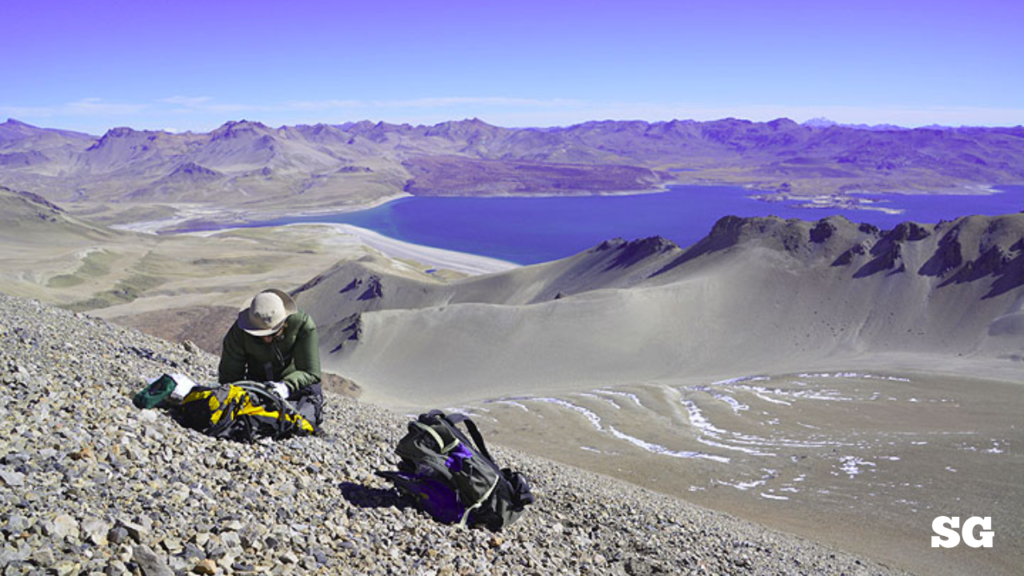Table of Contents

Seismic Swarm at Laguna del Maule Volcano Raises Concerns
Sudden Spike in Earthquakes
A seismic swarm struck the Laguna del Maule volcanic field in central Chile earlier this week, producing 160 earthquakes within just two hours. Though the tremors were all of low magnitude, the event has put scientists and local authorities on alert.
Volcanic Complex with a Violent History
Located about 300 kilometers south of Santiago near the Argentine border, Laguna del Maule spans approximately 500 square kilometers. It features a network of volcanic domes, cones, and lava flows, with an estimated 130 volcanic vents. Unlike typical volcanoes with a single summit, this area is a volcanic field—its activity is spread across multiple vents.
Signs of Magmatic Movement
According to Ayaz Alam, a geologist and professor at the University of Santiago of Chile, the swarm is a sign of subsurface magma movement. “These are signs that the volcano is active, it has magma, what’s inside is moving and this can lead to a moderate-sized event in the future,” he said. However, Alam emphasized that predicting when such an event might occur is difficult.
Low Magnitude, High Frequency
The strongest tremor in the swarm measured just 2.1 in magnitude. Despite their low strength, the number and rapid occurrence of these quakes are noteworthy. Seismic swarms in volcanic areas differ from tectonic ones, as they are driven by the movement of magma rather than by the collision of tectonic plates.
No Immediate Risk, Says Chilean Authorities
Chile’s National Geology and Mining Service (Sernageomin) has kept the alert level at green, indicating that there is no immediate danger. Meanwhile, the national disaster agency Senapred continues to work with regional authorities to stay prepared for any developments.
A Unique and Active System
Daniel Diaz, a geophysicist and volcanologist at the University of Chile, highlighted the distinctiveness of Laguna del Maule. “This system is quite recent and therefore we expect there to be activity,” he said. Unlike most volcanoes, activity here is not centralized in a single cone but distributed around the entire area surrounding the lake. Some volcanic structures in the area have formed as recently as 2,000 years ago.
Monitoring Continues
Although the current alert level remains low, scientists continue to monitor the area closely. Past activity—including signs of ground uplift—indicates that magma is accumulating beneath the surface. While there is no imminent threat, the recent swarm is a reminder of the region’s potential for future eruptions.
“Seismic Swarm at Laguna del Maule Volcano Raises Concerns” “Seismic Swarm at Laguna del Maule Volcano Raises Concerns” “Seismic Swarm at Laguna del Maule Volcano Raises Concerns”